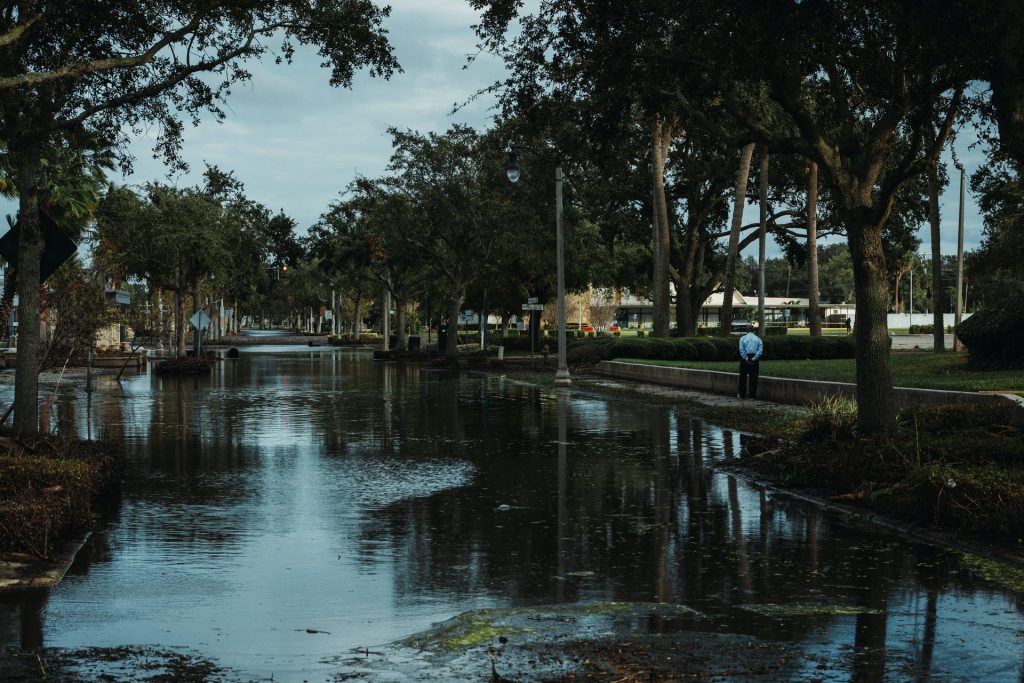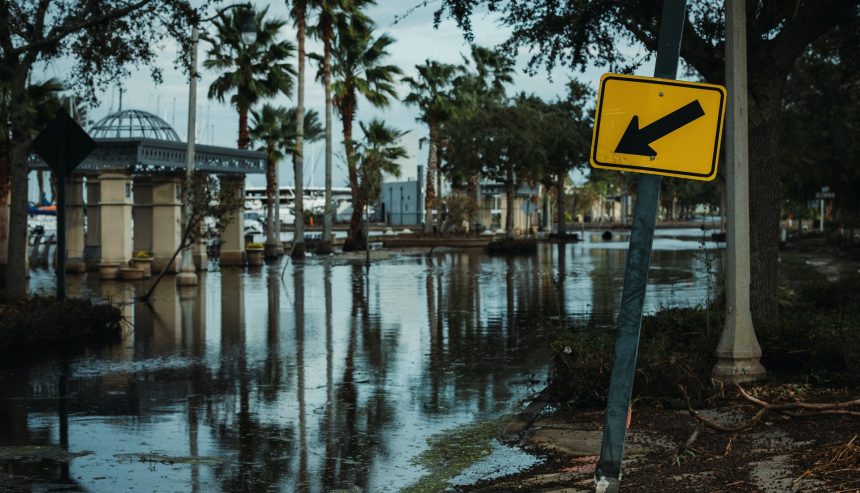In this article, we will discuss flood restoration and why it’s the best course of action after a flooding event. With the right mindset, you can have peace of mind even in a stressful time such as flooding.
Floods are natural disasters that can cause extensive destruction and loss. People affected by flood damage often face expensive repairs, disruption to their lives, and the emotional distress of seeing their homes destroyed. But with the right decision, it is possible to rise from the ruins and make your home beautiful again.
Assessing Flood Damage Before Flood Restoration
When a flood strikes, damage assessment is an important step, but often, deciding where to start is the most difficult part. It’s essential for planning the flood restoration process. There are important factors to consider when making this assessment. Here are some steps to follow:
- Evaluate the structure. You need to assess your home or business and look for signs of mold growth to check personal items for water damage.
- Inspecting electronic equipment should also be high on the list; these devices must be thoroughly dried before they can be used again.
- You also need to check plumbing systems and investigate any potential health hazards from exposure to flood waters. Assessing all of these areas will help ensure that everything is safe and ready for repairs.
Removing Water And Debris
According to the Federal Emergency Management Agency, flooding is one of the most widespread natural disasters in the United States. This means that many people are affected by flood damage each year. To recover from a flood, it’s important to understand how to remove water and debris from your property.
The first step in water extraction and debris is assessing the damage caused by flooding. This will help you determine which areas need immediate attention and which can wait until later for cleanup. After this assessment has been completed, it’s time to begin tackling the removal process itself:
- Use buckets or pumps to remove any standing water from the floods.
- Remove furniture, rugs, carpets, and other items damaged or saturated with water.
- Vacuum up any liquid residue, dirt, or mud tracked during the flooding event.
- Wipe down walls, floors, and other surfaces using disinfectants or cleaning solutions recommended after flooding events.
- Dispose of anything that cannot be salvaged due to extreme water damage, such as drywall, insulation, etc.
- It’s also important to remember some safety precautions when handling potentially contaminated floodwaters—wear protective clothing like rubber boots; gloves; goggles; face masks; and long-sleeved shirts at all times while dealing with this type of cleanup project.
These steps will ensure that your health remains safe during restoration efforts. With proper preparation and cautionary measures taken into account, you should be able to quickly move on to drying out your home before beginning the deodorization process.
Drying And Deodorizing

A house can become flooded quickly. One moment, it is standing tall and proud – the next, completely inundated with water from all sides! But now that you’ve removed all the debris left behind by the flood, what do you do about drying out your home?
It may seem overwhelming, but don’t worry – we’ve got some tips to help you through this process.
- The key here is to act fast to prevent further damage. Start by opening windows and doors to let in the fresh air – it will also help speed up the drying process.
- If possible, turn on fans or dehumidifiers as well; they work hard to reduce moisture levels which are essential for successful restoration efforts.
- You’ll also want to check for any areas of dampness under carpets and furniture; if necessary, use a wet vacuum cleaner to remove excess water.
And lastly, dealing with odors caused by flooding can be tricky. To combat unpleasant smells, try using natural products such as baking soda or vinegar – both are known for their deodorizing properties! If these fail, consider investing in commercial products for odor removal from floods.
TIP: Consider purchasing a professional-grade carpet cleaning machine if you have a lot of carpets at home that need deep cleaning due to floodwater contamination – not only will this ensure thorough disinfection and future mold growth is avoided too!
Structural Repairs And Restoration
After the floodwaters have receded, it’s time to get started on structural repairs and restoration. This is a major undertaking that requires expertise in both building structures and construction materials. It’s important to fix any damaged components of the structure and restore the affected area so it looks new again.
- The first step is assessing the damage done by the floodwaters. This includes looking for watermarks on walls and ceilings, checking for weakened or wet floor joists, examining insulation and drywall for evidence of saturation, and inspecting other parts of the home’s foundation, such as windowsills and doorsills.
- Once you’ve identified what needs repair or replacement, you can move on to fixing those areas.
- Replacing damp carpets with fresh ones will improve air quality in your home and prevent mold growth.
- You may also need to replace electrical wiring if flooding waters corrode it.
- Additionally, wall studs should be checked for rot before adding new drywall over them. Finally, consider restoring wood floors using techniques like sanding or refinishing them – this way, they’ll look good as new!
Having completed these steps will ensure your home is structurally sound after a flood; however, you can still take measures to ensure future floods don’t cause irreparable damage.
Preventive Measures For Future Floods
It’s almost too much to bear: dealing with a flood and its aftermath. But while restoring your home can seem overwhelming, it’s important to take preventative measures for future floods – putting you one step ahead in this battle against nature.
The first order of business is to create an emergency plan for potential flooding. This should include information about vulnerable areas, which should be contacted in case of an impending flood, and how people should safely evacuate from the affected area. It’s also wise to have a designated spot where family members can meet up if they become separated during an evacuation.
Another great way to protect yourself from future floods is installing waterproofing products such as window seals or sump pumps around your property. These durable items help reduce moisture levels inside your home, reducing the risk of water damage when those downpours come rolling in.
Taking steps like raising furniture off the ground on platforms or risers can limit direct contact with high-flood waters and lessen the chance that mold will spread through porous materials like wood or fabric.
With these tips under your belt, you’re well on your way toward being prepared for whatever Mother Nature throws at you! From creating an emergency plan to investing in protective materials, there are many ways to ensure that rising from the flood becomes optional for a while.
Conclusion
The destruction caused by floods on homes and businesses can be heartbreaking. But with the right information, homeowners and business owners can take action to restore their property and protect it from future flooding. By assessing the damage, removing water and debris, drying out surfaces, making structural repairs, and taking preventive measures for future floods, you can help raise your home or business from the floodwaters.
The restoration process may seem intimidating at first glance but remember: it’s possible to overcome anything if you have courage and resilience! With hard work and dedication, people can overcome the greatest obstacles to regain what was once lost.
If you need professional flood restoration services in Zephyrhills, Florida, PuroClean in Zephyrhills will help you get your life and business back together. Contact us anytime to have one of our team members assess your needs.

 PuroClean Certified Restoration Specialists
PuroClean Certified Restoration Specialists